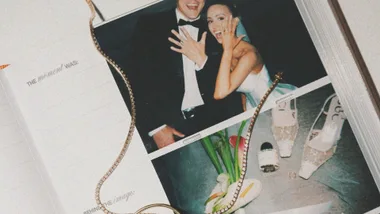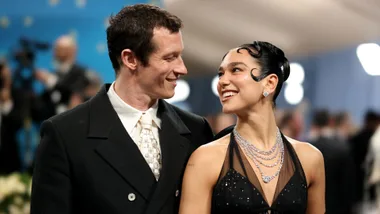It’s hard to visualise what 23 kilograms of clothes looks like.
It’s the maximum weight of luggage you can take with you on an international flight. It’s also how many clothes the average Australian disposes of each year.
While we’ve come a long way educating consumers on the detrimental impact textile waste has on the Australian environment, the confronting fact is that only four kilograms of clothes purchased each year remains in one’s closet. That’s 800,000 tonnes of textile waste sent to landfill annually.
Thanks to government bodies like the Australian Fashion Council and advocacy from prolific designers like bassike and KITX, we’ve been more aware than ever of the impact our choices have on the world.
Resale platforms like Depop, The Real Real, The Turn and Vestiaire Collective make it easy to extend the life of a garment.
With a tap of the button, your two-sizes-too-small Stella McCartney slacks or old-season Prada purse is happily on its way to finding a new home.
But thrifting, upcycling and rewearing is only one small part of the circular fashion economy. Keeping clothes out of landfill isn’t just a matter of donating unwanted goods to charity or reselling them at a fraction of the price.
The fact of the matter is, Australians have a lack of responsibility when it comes to clothes. You buy them, you wear them… then what? Purchases are made without a second thought to the lifespan or longevity of the garment.
Soiled and stained garments can not be passed on. In fact, the Charitable Recycling Organisation of Australia accounts that only 86% of all donations can be recovered and reused.
But the age-old question remains: what can I do with unusable clothes that are not in a condition to be sold or recycled?
Until recently, there’s not been a market for unwanted clothes. However, thanks to the inspiring work of a few self-appointed sustainable fashion aficionados, the dial is shifting towards a model of reduce, reuse, recycle and recover.
Here, we’re highlighting the community of leaders, designers and revolutionaries who are making it their mission to clean up Australia one piece of clothing at a time.
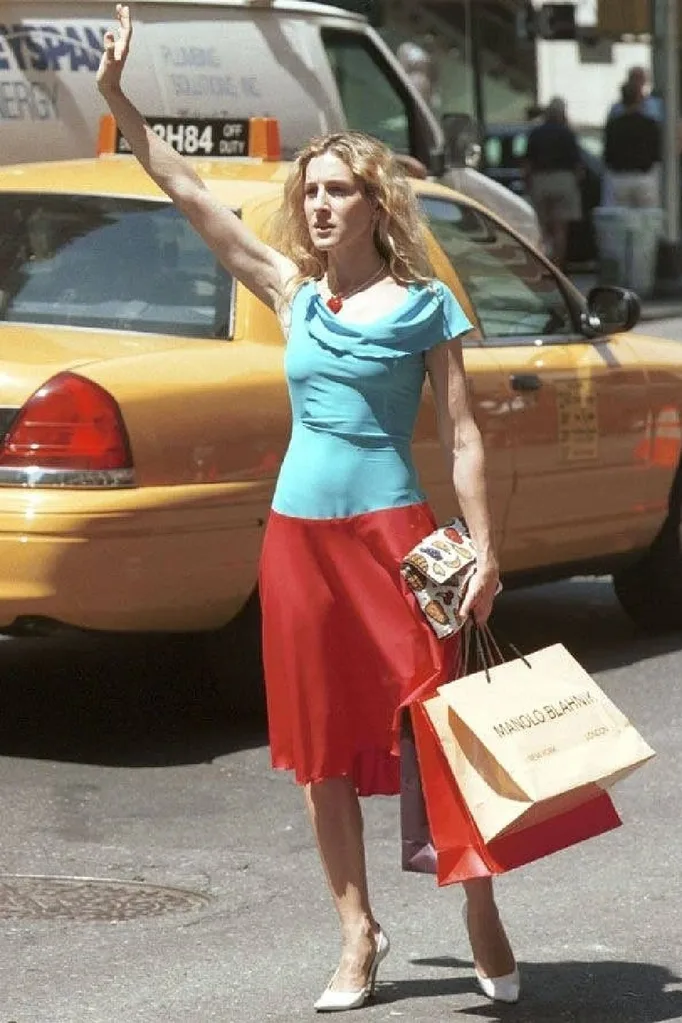
But First, The Truth About Old Clothes
When you think about that entire suitcase filled to the brim with ‘old’ clothes that each Australian sends to landfill each year, the epic scale of what is actually discarded is not only appalling, but enough to instil a sense of regret or even buyer’s remorse.
Of course, we’re not professing that the model of keeping clothes in pristine condition to then donate and resell is a perfect one. But these experts have some tips to make sure what you’re turning into textile waste is actually just that—waste
“Just because it’s called waste, doesn’t mean it’s a worn out rag,” explains RUTT founder Rachel Rutt.
RUTT is an Australian knitwear brand made entirely from textile waste which Rachel tells us is typically “a lot of fast fashion”.
“This can mean both shortcut, cheaper methods of production (labour and materials) or for a consumer, impulse purchase decisions that don’t quite stand the test of time, either through quality or design.”
Before sending a garment to landfill, Rutt advocates for repair to be the first port of call.
“A little love goes a long way. No matter what your level of sewing ability, even the smallest bit of attention will mean the world, not in the least because you have gifted the garment the ultimate universal commodity: your time.”
Similarly, Vanish have even pledged to tackle the textile waste by empowering Australian’s to extend the life of their clothes before they’re beyond repair, helping divert garments from landfill.
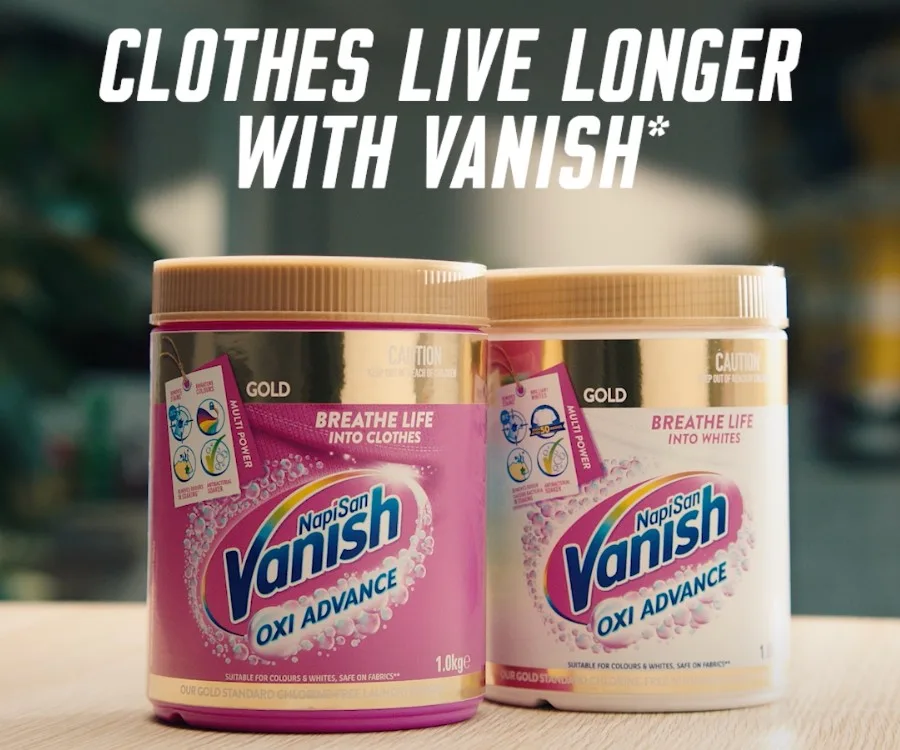
So, What Should You Do If You’re Unable To Donate or Resell Old Clothes?
Bassike co-founder Mary Lou Ryan told the Australian Fashion Council as part of their 2021 audit into the economic contribution of Australia’s fashion and textile industry a key part to combatting landfill is driving “innovation and technology that can turn end of life garments and fabrics into yarns that can be re-used and re-purposed.”
“This will support the reduction of landfill and ultimately reduce carbon emissions,” the director of sustainability and supply chain explained.
Last year during Afterpay Australian Fashion Week, two pioneering designers took to the runway to pioneer this sort of innovation and prove that the lifecycle of clothing doesn’t end once it reaches landfill.
Emerging designer Jordan Gogos literally turns trash into treasure to create “wearables for the imaginative” for his eponymous label Iordanes Spyridon Gogos. Every item in his collection was hand made from deadstock materials from local Sydney based creative reuse centre Reverse Garbage.
Not only is the repurposing and reusing of textile waste to upcycle or create something entirely new becoming increasingly popular, it’s actually a viable industry in itself.
Designer KITX is a testament to that.
Designer Kit Willow told ELLE Australia that textile waste is “insane and unsustainable”. Since 2014 designer Kit has composed 100% of her denim collection from discarded fashion, sourced from UPPAREL in Melbourne, with their lingerie and swimwear is made from regenerated marine litter, regenerated nylon or plastic waste.
How To Mindfully Dispose Of Old Clothes
Australia is rife with underground initiatives who silently work in the background to remove clothing from landfill and recover the textiles.
Queensland based company BlockTexx is just one example of an initiative that will help alleviate the pressures from donation facilities and help keep clothing out of landfill. Using separation of fibre technology, or (S.O.F.T), the company estimates they can reclaim “98% of resources from cotton and polyester garments” by converting them back into raw materials that can then be used for production.
A similar service, UPPAREL, claims they’ve saved one million pieces of clothing from ending up in landfill by recycling them into new materials like the ones KITX uses for their collections.
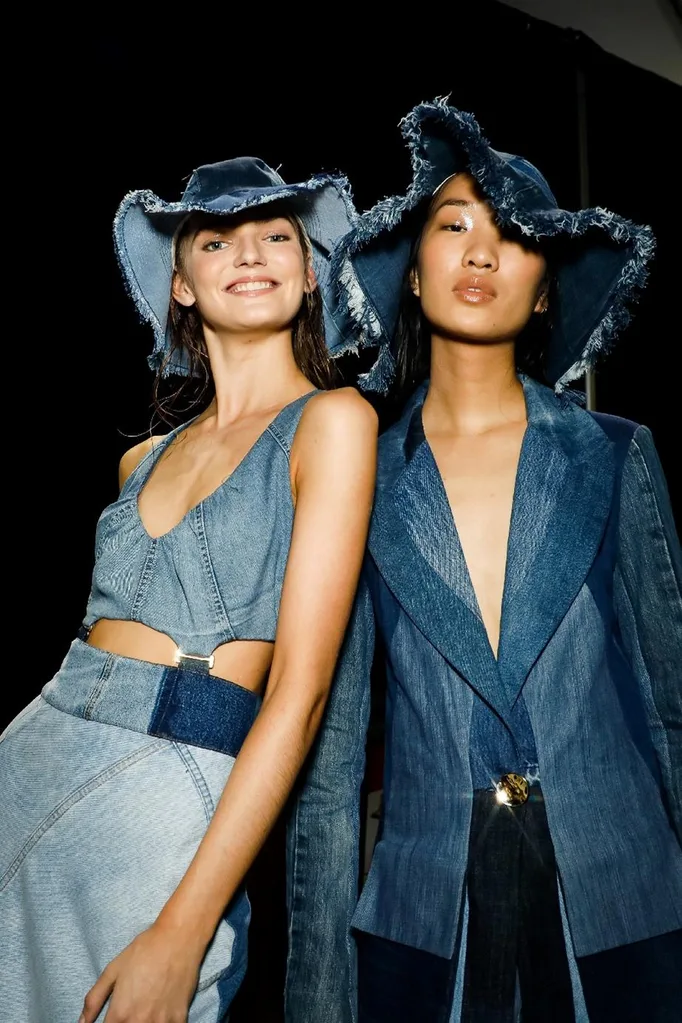
UPPAREL founder and general manager Tina Elias remarks that one reason why people send their clothes to landfill is because they’re not aware of the current services available.
“There are so many resources online directing people on different ways to dispose of their worn textiles. At UPPAREL we have created super simple solutions for consumers and brands to have their unwanted textiles collected right from their doorstep,” she told ELLE Australia.
Sydney based company RCYCL offers a similar recycling service. Founder Belinda Paul comments that “recycling your old clothes is a new concept” similar to how resale or fashion rental programs were a decade ago. “The urgency needs to be understood though and to make a small difference at a personal level is achievable”, she said.
It’s worth noting the differences in services, however. UPPAREL operates within Australia, and does not send the textile waste overseas to be processed. Unlike UPPAREL, RCYCL does send their garments offshore, quoting “Australia is so far behind in their recycling technology” so whatever cannot be processed here will be shipped off. RCYCL does claim that their “international partners sell their products back to Australian wholesalers and distributors”.
Does that mean that you can feel confident in knowing that the clothes you’re discarding may ultimately end up back in rotation? No.
Fighting the war on waste will start with consumption. Investing in high quality and durable clothes that are made from recycled materials or deadstock is the best way to avoid overconsumption.
Purchasing from resale platforms also means that you’re owning something that’s already in circulation rather than something new created from unsustainable raw materials.
In reality, waste is an unavoidable aspect of every industry, but as Rutt explains “textile waste, such as dead stock, is like a wallflower waiting to be asked to dance”.
This article originally appeared in ELLE Australia.


